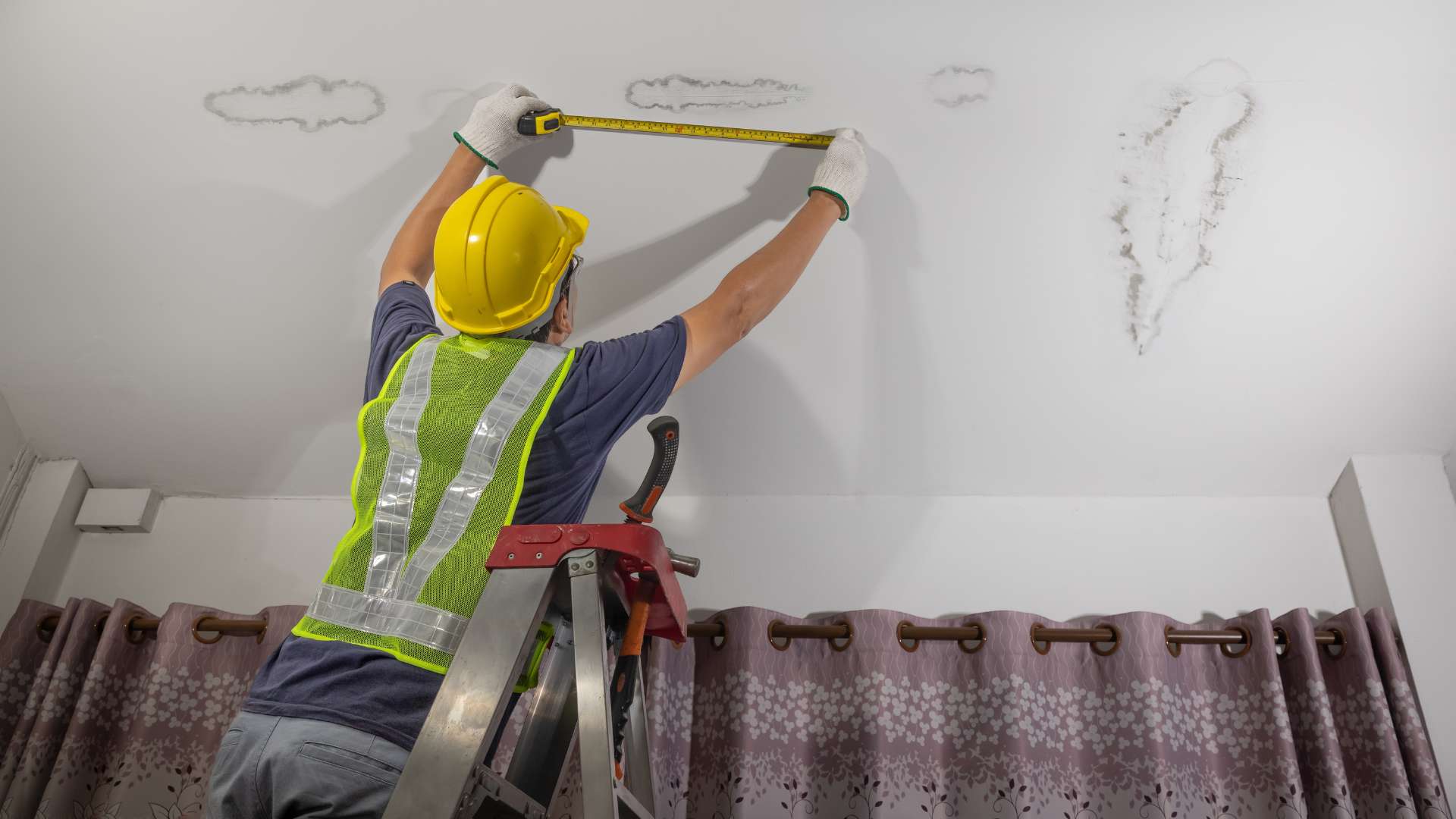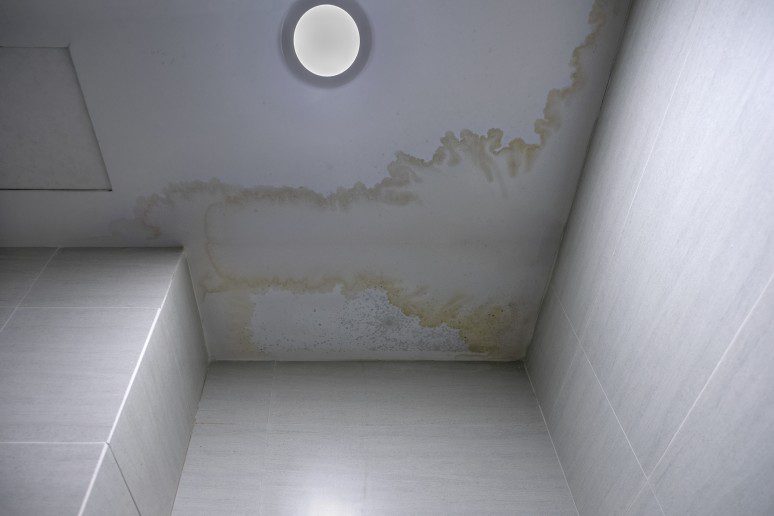
Do you know how to diagnose if a ceiling Stain is an active leak? Water stains on the ceiling can be alarming, and knowing how to identify and address them is crucial. Understanding the cause of these stains can prevent further damage to your home. This guide will help you determine if a ceiling stain is an active leak, identify the source, and decide who to call for help.
Water stains on ceilings often appear brown due to several factors:
Water leaks can carry dirt, dust, and other particles from roofing materials, insulation, or other parts of the building structure. As the water seeps through and dries, it leaves behind these particles, resulting in a brown stain.
If the water comes into contact with metal pipes, nails, or other metallic components, it can cause rust. Rust particles carried by the water contribute to the brown discoloration.
If the water is leaking through wooden structures, it may pick up tannins from the wood. Tannins are natural compounds found in wood that can cause brown staining.
Sometimes, the water can also carry organic matter such as plant material, insect residue, or even mold and mildew, which can contribute to the brown color of the stain.
Determining whether a ceiling stain is new or old can help you decide the urgency of addressing it.
When people see brown stains, their mind quickly goes to a roof leak. Often, this is the case, but there are other potential sources.
To identify a roof leak, look for the following signs:
Condensation stains on the ceiling are often caused by:
If there is a plumbing pipe or HVAC system directly above the stain, you may want to call a plumber or an HVAC technician to assess the situation.

Identifying the source of the ceiling stain is crucial for choosing the right professional to address the issue.
Roofer: If the stain is likely from a roof leak, call a reputable roofer. Roofers can inspect your roof for damage, leaks, and other issues. They can repair or replace shingles, fix flashing, and address any other roofing problems to prevent further water damage.
Plumber: If the stain is near plumbing pipes, a plumber is your go-to professional. Plumbers can check for leaks in water supply lines, drain pipes, and fixtures. They can also inspect your home's plumbing system for any other potential issues that could lead to water damage, ensuring your pipes are in good condition.
HVAC Technician: If the stain is near an HVAC system, it might be due to condensation or a leak in the system. An HVAC technician can inspect and repair your heating, ventilation, and air conditioning systems. They can check for issues like blocked condensate drains, malfunctioning humidifiers, or leaks in the ductwork that could be causing moisture buildup and staining.
In summary, contacting the right professional depends on the source of the leak. Roofers, plumbers, and HVAC technicians each specialise in different areas and can provide the necessary expertise to identify and fix the problem, preventing further damage to your home. By seeking the appropriate help, you can ensure that the issue is resolved effectively and efficiently.
Water stains on ceilings can indicate serious issues that need prompt attention. By understanding why stains are brown, how to determine if they are new or old, identifying the source of the leak, and knowing who to call, you can prevent further damage to your home. Remember, covering the stain with paint without addressing the root problem can lead to more significant and costly repairs in the future. Taking the right steps now can save you time, money, and stress down the road.
By following these guidelines, you'll be well-equipped to handle any ceiling stains and keep your home in top condition.